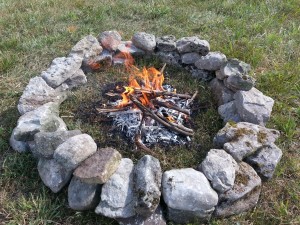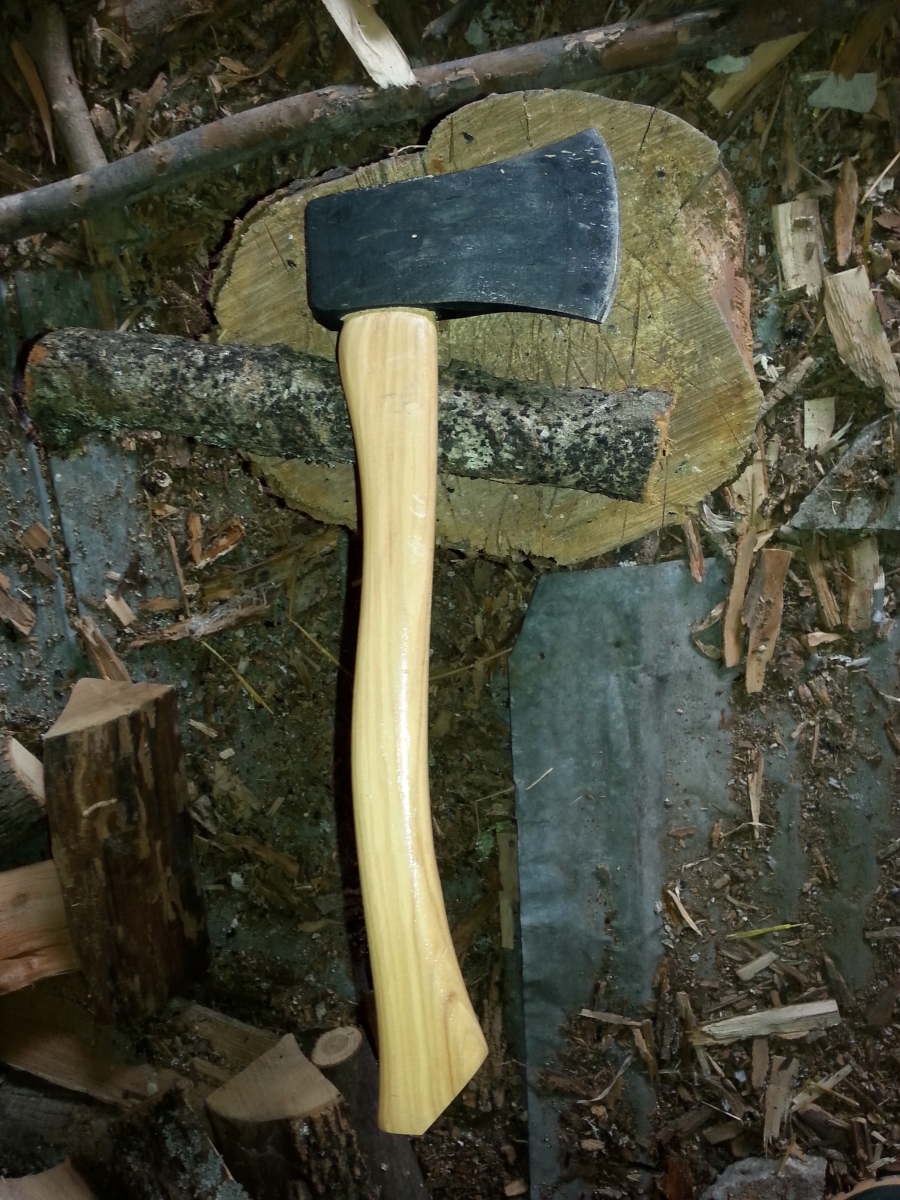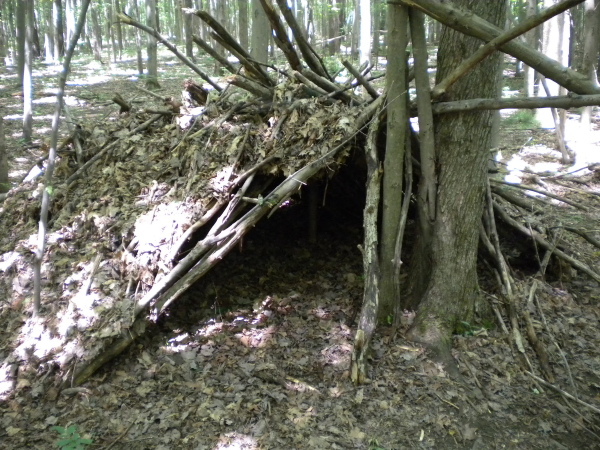If you have never built and cooked your dinner over a campfire, or just simply laid back watching the stars while the fire crackles and pops beside you, then you have never fully enjoyed the outdoors! Getting a fire going is very easy, but it is a skill that will serve you well to learn whether you are camping, stuck on the side of a mountain in an emergency, or need to impress the guys (or a lucky girl) with your back woods skills.

Start by finding an open area with no tree branches overhead. Heat and sparks rise so keep it clear over the area where you intend to make the fire pit. Arrange stones and small rocks 6” or so in diameter in a circle that is 2’ to 3’across. Try to arrange the rocks so their sides are touching. This ring will contain the coals and ashes to keep the fire from spreading.
Make sure the place you choose to build your fire pit is not on a bed of pine needles or dry leaves. Soft ground created by loosely packed leaves can cause the fire to burn into the ground, possibly igniting roots or the dry leaves. This can cause the fire to sneak out from under the pit and may appear to be extinguished when it is actually spreading underground waiting for a chance to flair up again.
Once you have created the fire pit, you will need the essential ingredients to start your fire. Tinder, kindling (small dry twigs), medium size twigs, small branches, and chopped firewood are the building blocks of a good fire. Any experienced woodsman will tell you, once you figure you have gathered enough wood for the night-double it. In winter or rough conditions-triple it. You don’t want to have to start looking for more wood in the middle of the night.
Tinder is dry, small and fine materials that will burn easy from just a spark. Things like dry grass, leaves, cattails and their fluffy seed pods, pine needles, crumpled newspaper, clothes dryer lint, or commercially made emergency tinder all will work. The key is that they must be dry. Pile one or two cups of tinder in the middle of the fire pit and place the smallest, driest twigs on the tinder in a teepee formation encircling ¾ of the way around the pile. Place the open ¼ of the twigs so the wind can blow into it and the twigs so they hold the tinder from blowing away.
There are many different ways to create the spark to start the fire. Everyone has their own method some of which include matches, lighters, flint and steel, magnesium fire starter, or steel wool connected to a 9volt battery. (The steel wool is used to touch the two contacts together and make a spark. This works very well as long as the battery stays dry). The most reliable method is with the flint and steel method as it works even in wet conditions. To light your fire, place the flint in the open ¼ of the sticks and strike the steel low down against the pile a couple times until the spark that is created lights the tinder.

As the tinder burns and the small twigs catch fire, slowly add on the medium size twigs-just a few at a time until they burn and the fire increases. Now add a couple small branches and let them burn until the fire increases again. Finally add some split firewood logs or thick branches to the fire, a good size is 12” long and about 3” in diameter. Hard woods such as oak, maple, or birch are the best choices.
Cedar is best for kindling and its bark makes good tinder as well. Birch bark if dry is also good for use as tinder when mixed with dry grass and pine needles. Whichever woods you prefer or have to use, make sure to keep your fire under control and not let it fill your fire pit to the sides. Every year hundreds of fires are started in North America by simple campfires that got out of control. Make sure to have water, snow, or lots of loose dirt nearby that can be used to put the fire out when you leave, go to bed, or just in case things get out of control.
Knowing how to light a fire in the woods is one of the most important skills you can have. On your next camping trip, leave the propane barbecue at home and create your own kind of heat.
Copyright 2019 Mike Wilson





